Coronavirus origin: Wuhan’s name has emerged as the origin of Coronavirus in China. However, linking Wuhan’s identity to Corona would be underestimating its antiquated history.
The city, with a population of more than 10 million, is located in central China about 600 miles above the convergence of the Yangtze and Han rivers two generations ago.
The Westerns acknowledged it as the main industrial city. It was the embassy of many European powers. The major Western and Japanese trading houses were centers of international textile and engineering companies, factories, and sales offices.
Wuhan was at the peak of finding its lost glory but Corona has put it in a new crisis.
Coronavirus origin, Wuhan from the mid-19th century to the mid-20th century
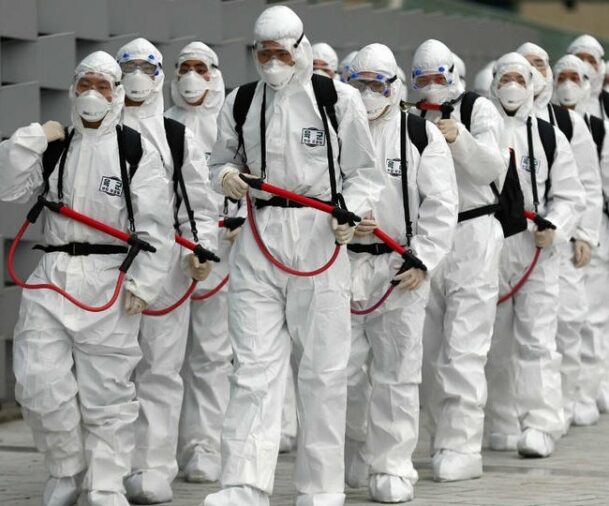
From the mid-19th century to the mid-20th century, Wuhan was a city that regularly appeared in international media. Other commodities along with tea and silk were trading centers that provided the things of need to the people of the west and influenced daily life.
Coronavirus origin, know the story of this special city Wuhan
Although after the chaos and destruction of the Second World War, international trade came to a halt due to the Communist Revolution, the trading community left the place and the Westerners also ignored it.
Chicago of china
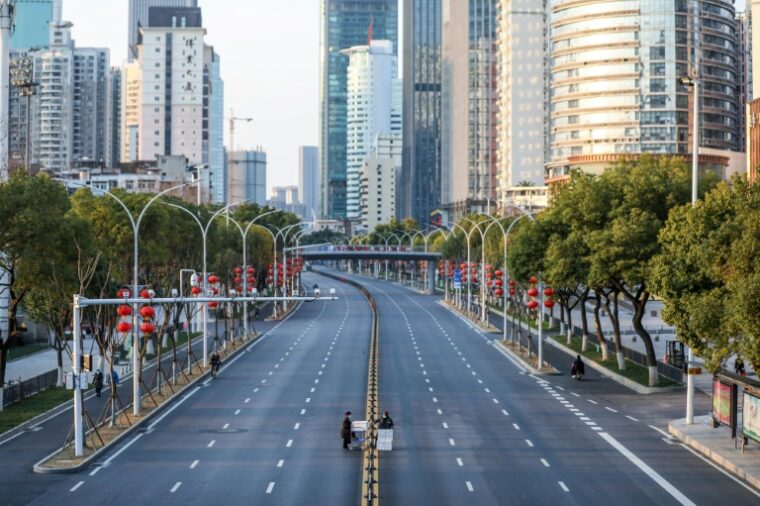
In 1900, the American magazine Collier published an article about Wuhan’s Yangtze Boom Town and nicknamed it Chicago of China. In 1927, United Press Shanghai correspondent Randall Gold used the nickname to refer to the political upheaval of Hubei Province.
Wuhan was the main industrial center of China, producing iron and steel, silk and cotton, tea packing, and canned food.
Wuhan came into the eye of the Westerns
Wuhan emerged in 1858 as an uneven Tianjin Treaty. A few weeks later, the Qing dynasty was expelled from power after the Second Opium War.
The treaty allowed foreign ships to reach the Yangtze River and the British surveyed the waterway in the Hubei province.
The British specifically examined the river banks of Wuchang, Hankou, and Hanyang. All three are collectively known as the Three Towns of Wuhan. Britishers attempted to open the city to foreign trade.
The British declared Hong Kong a colony after the First Opium War. 16 years later they focused on Wuhan and Tianjin. Wuhan became important for coastal port cities. It became the largest gateway inside the country.
In 1850 there was a big city
By 1850, Wuhan had become the world’s largest city. Its three towns were home to about 1 million people. At that time it was half the size of London, the largest city in the world.
By 1860, there was a flood of foreigners here. Despite this, Chinese people have always been the majority in Wuhan. Wuhan had become the place of people of all countries, but it always remained a trading center.
Nightlife, film industry, publishing houses and art galleries were never developed here. Also, Beijing was not the center of scholarship. It maintained China’s influence even in the presence of foreigners.
Rebellion center
The democratic revolution in 1911 overthrew the last dynasty of China. Although it was an accident in Wuhan. The rebellion spread after the bombings that resulted from cigarettes in front of the rebels at the Russian conference of Hankou, a reckless anti-dynasty.
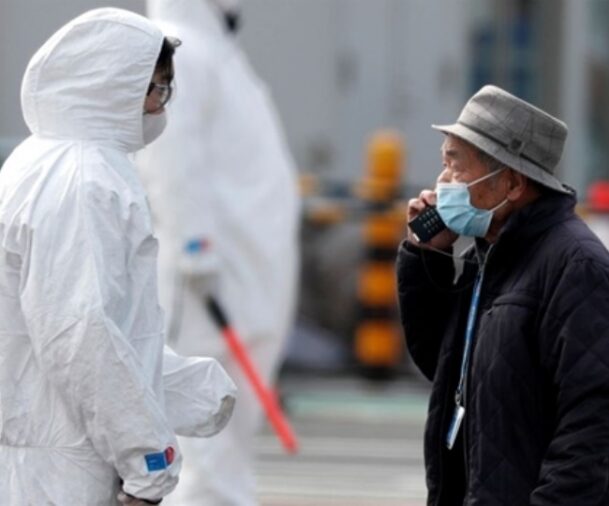
A person called the police and the conspiracy was uncovered. Documents related to the project were seized. The rebels were even arrested, tortured and murdered. They decided to take immediate action to protect themself. Anti-Qing sentiment gained momentum and the 267-year-old Qing dynasty ended.
Breathed again
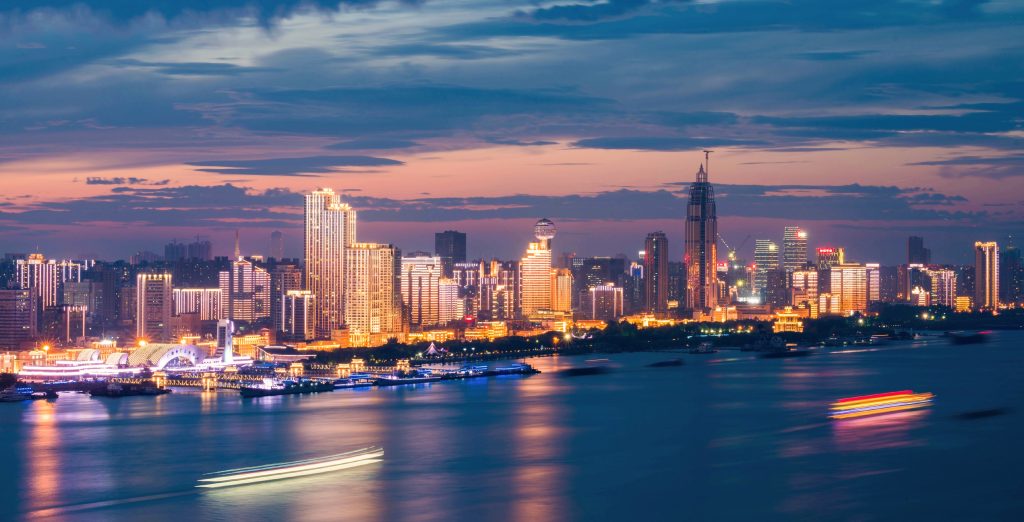
Most international trade deals are done in Wuhan itself. Also, a large part of the business remains in the city itself. The Japanese invested in the city for a long time, operating cotton mills, cottonseed oil factories, and processing plants.
But Japan attacked East China in 1937. Japan bombed Shanghai and left no stone unturned in the devastation of Nanjing, the nationalist capital. The government was forced to leave Wuhan.
The temporary capital of former President of the Republic of China Chiang Kai-shek was once again on the front pages of the world’s newspapers. In October 1938, Wuhan was attacked by Japan.
After the war, Wuhan tried to stand again as China’s largest industrial center. Even then, the form of the old Wuhan could not be returned.
However, in the 1980s, foreign trade started coming back and the city emerged as a major trading center. Like it had regained its lost respect.

Subscribe to Email Updates :





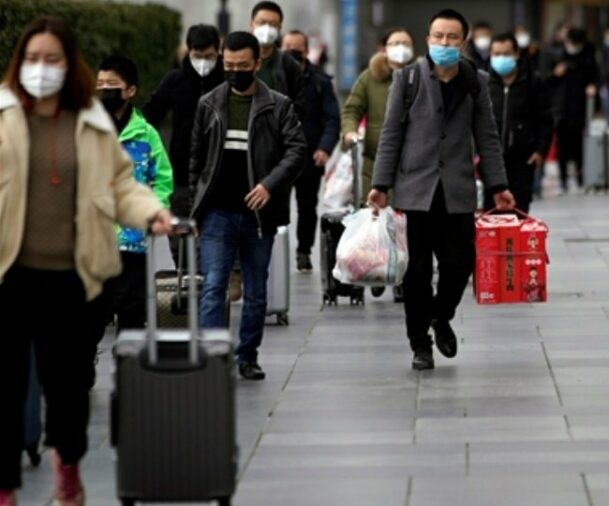

Add Comment